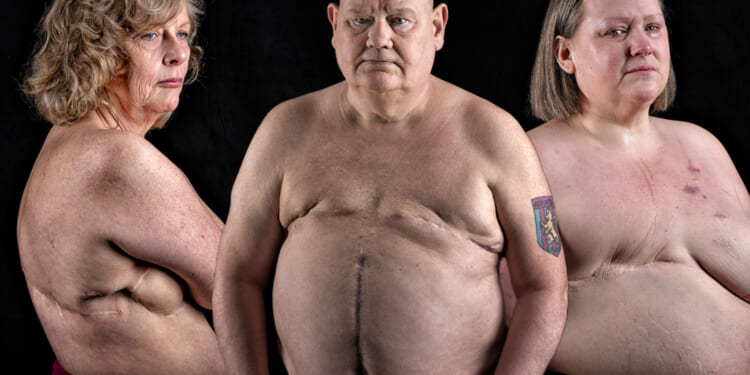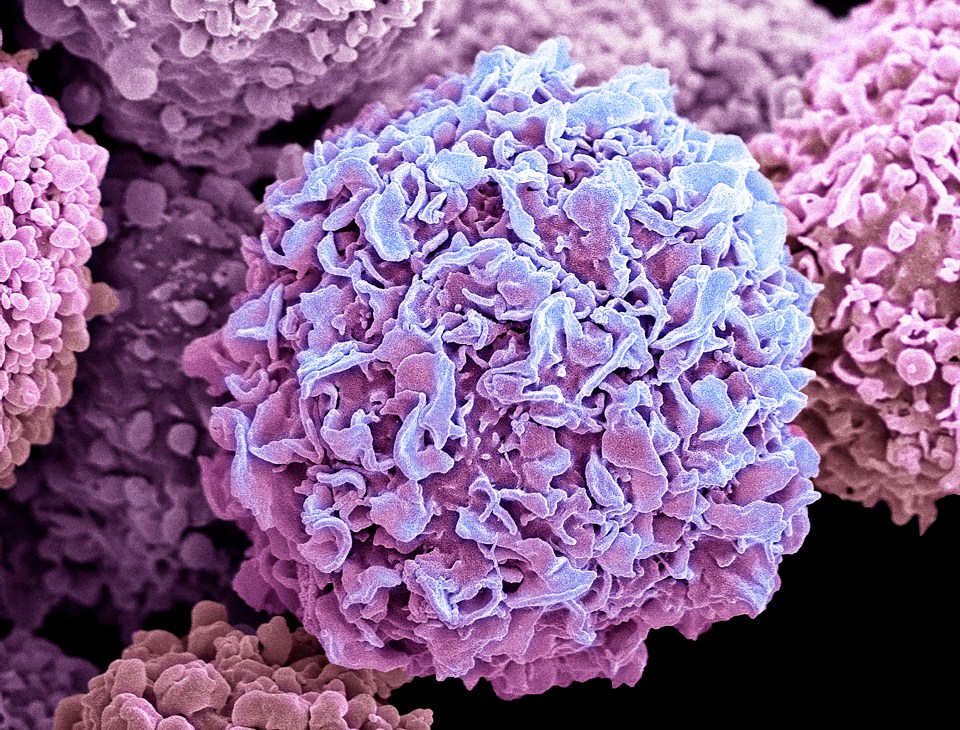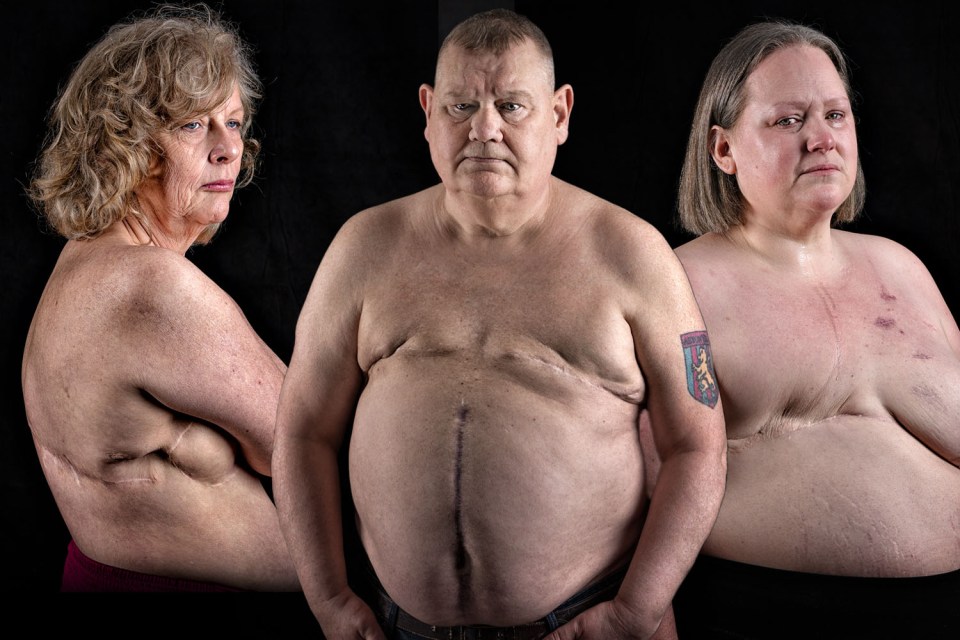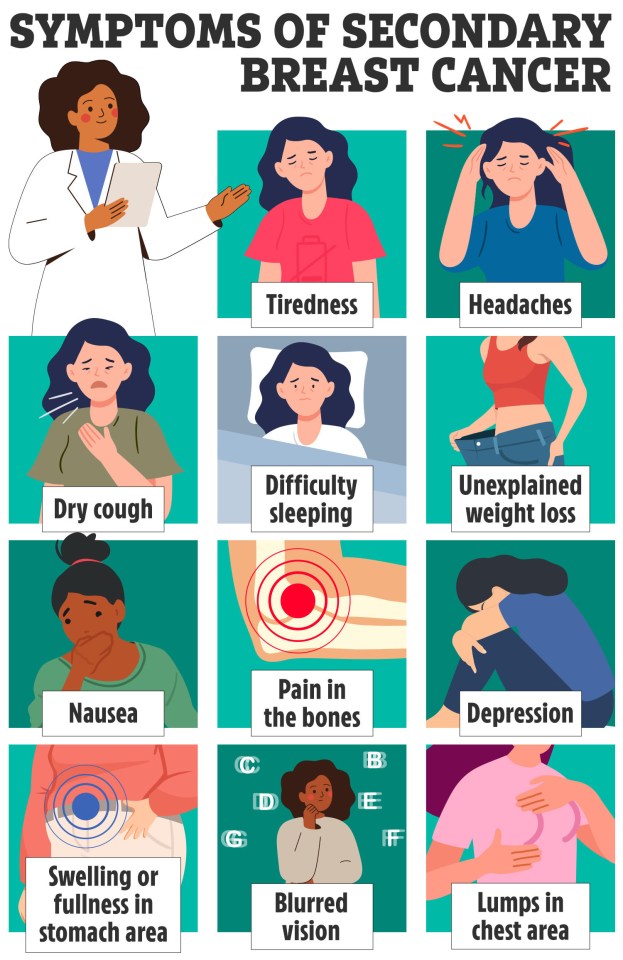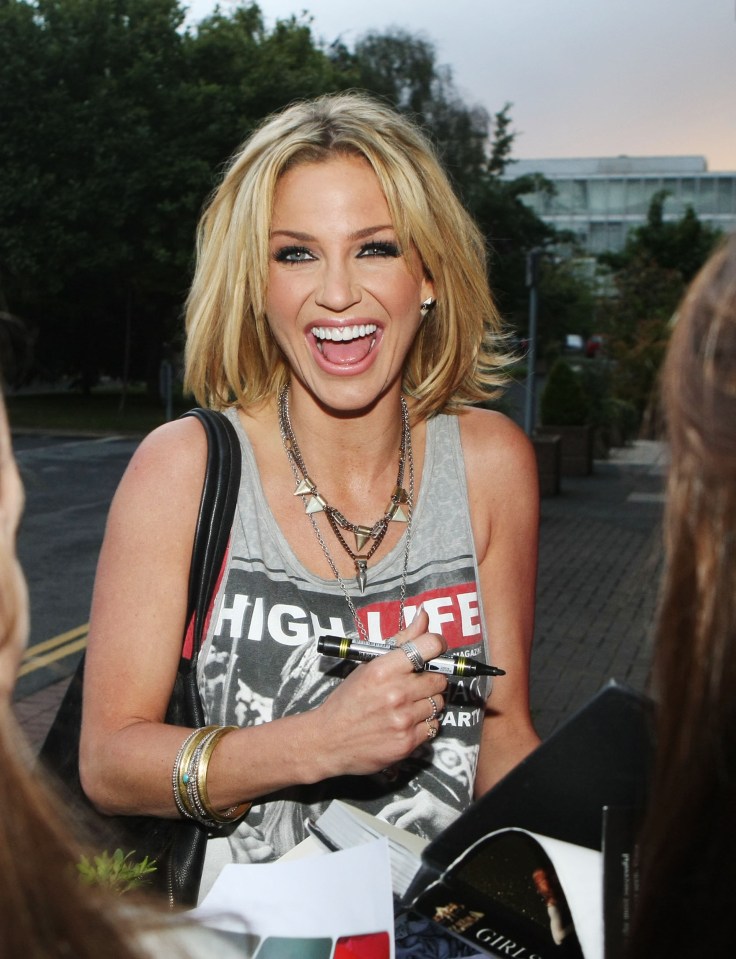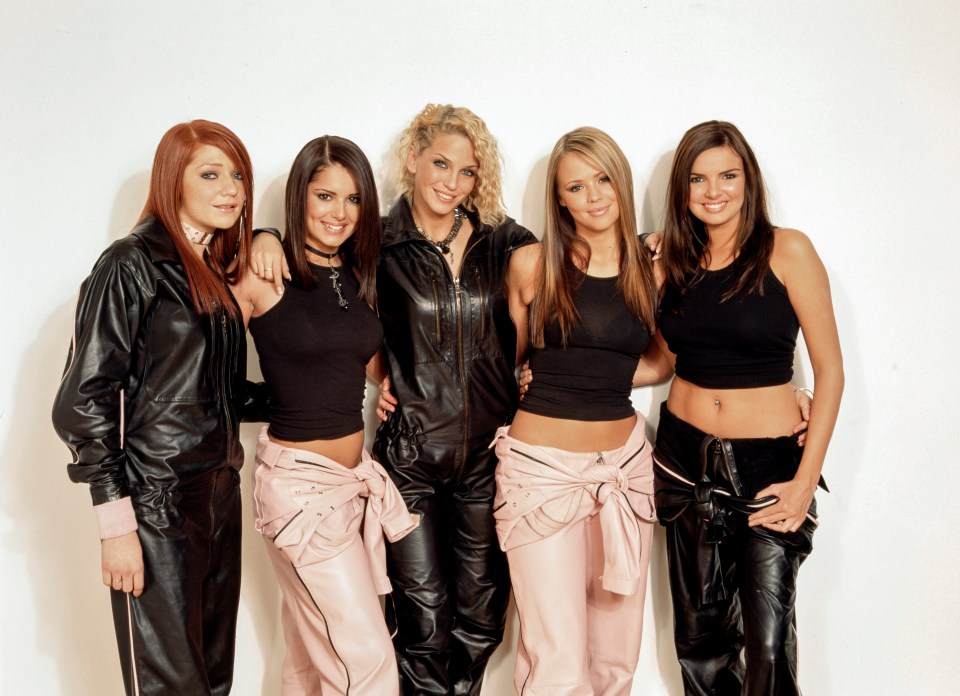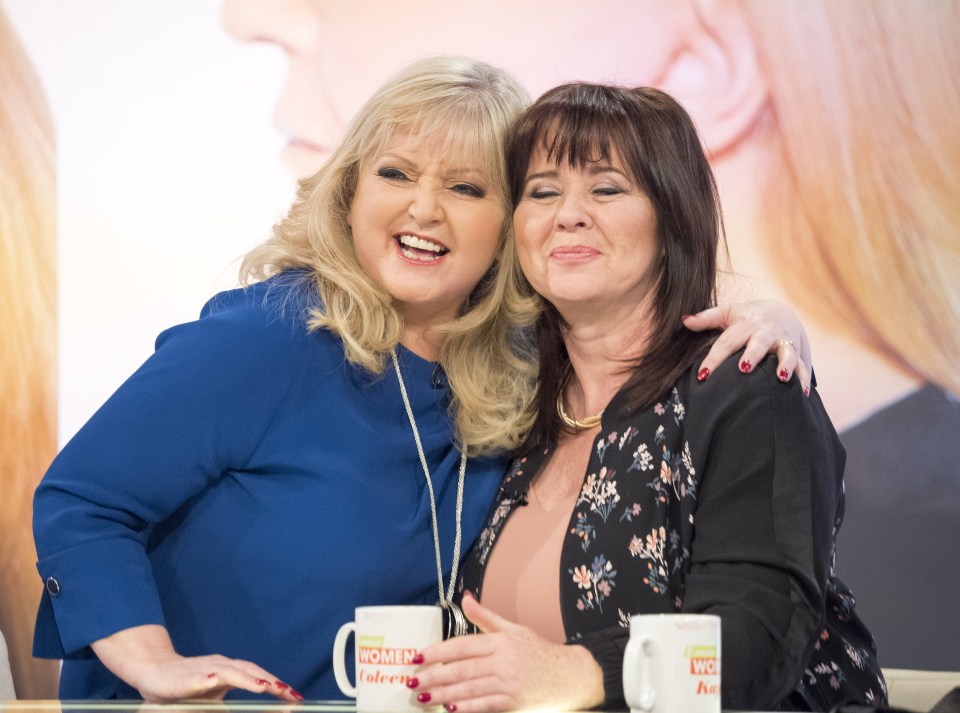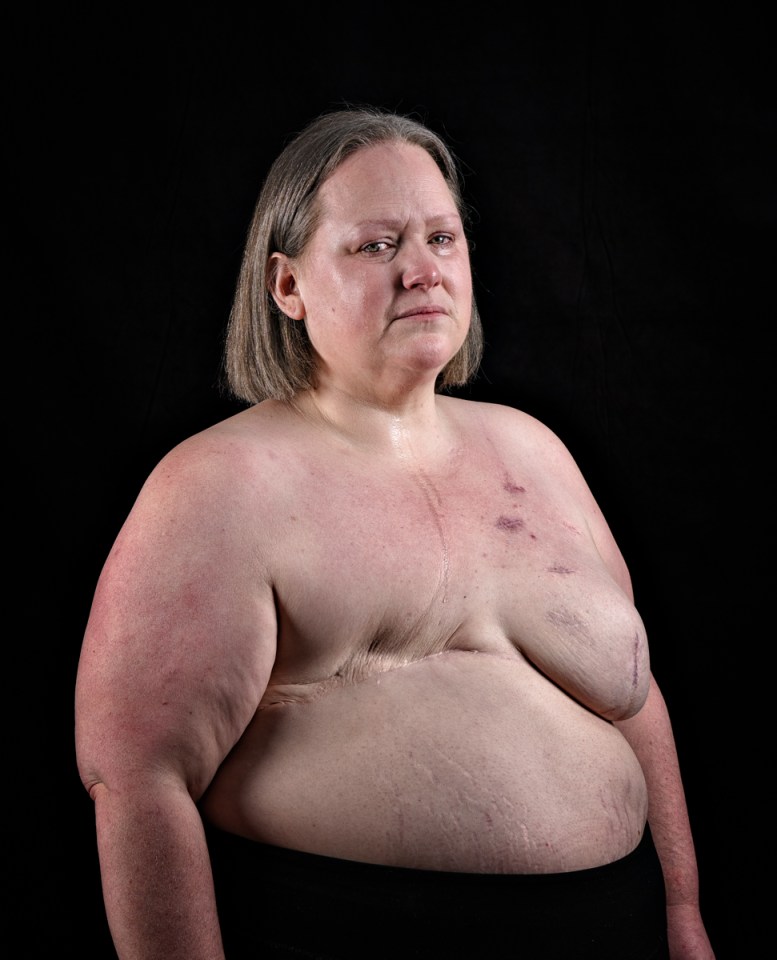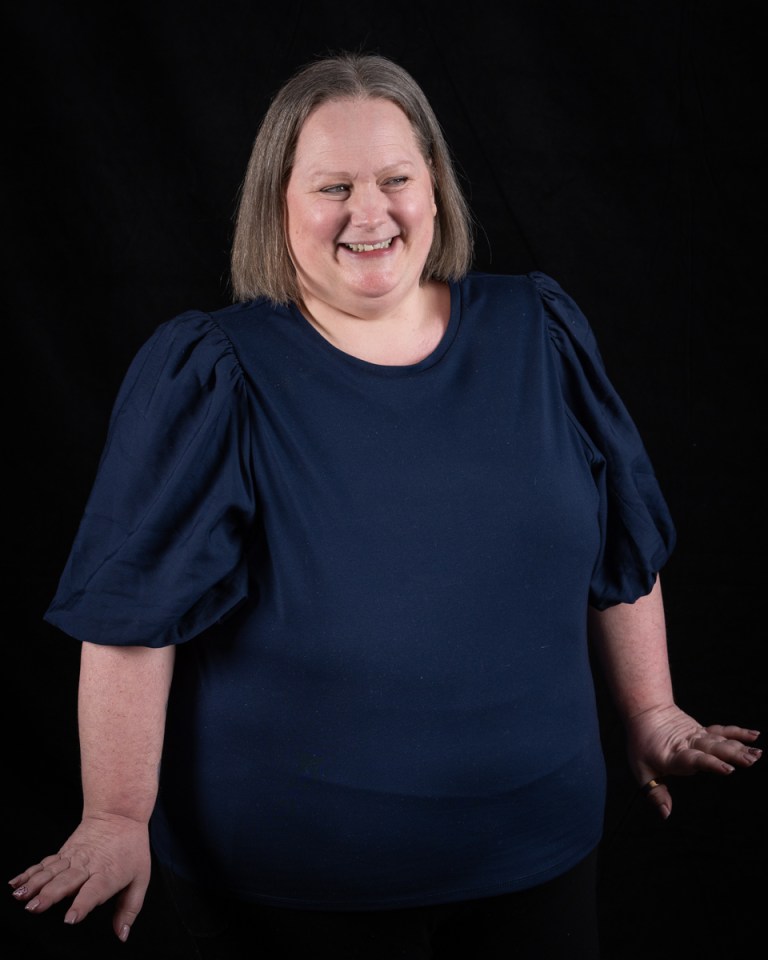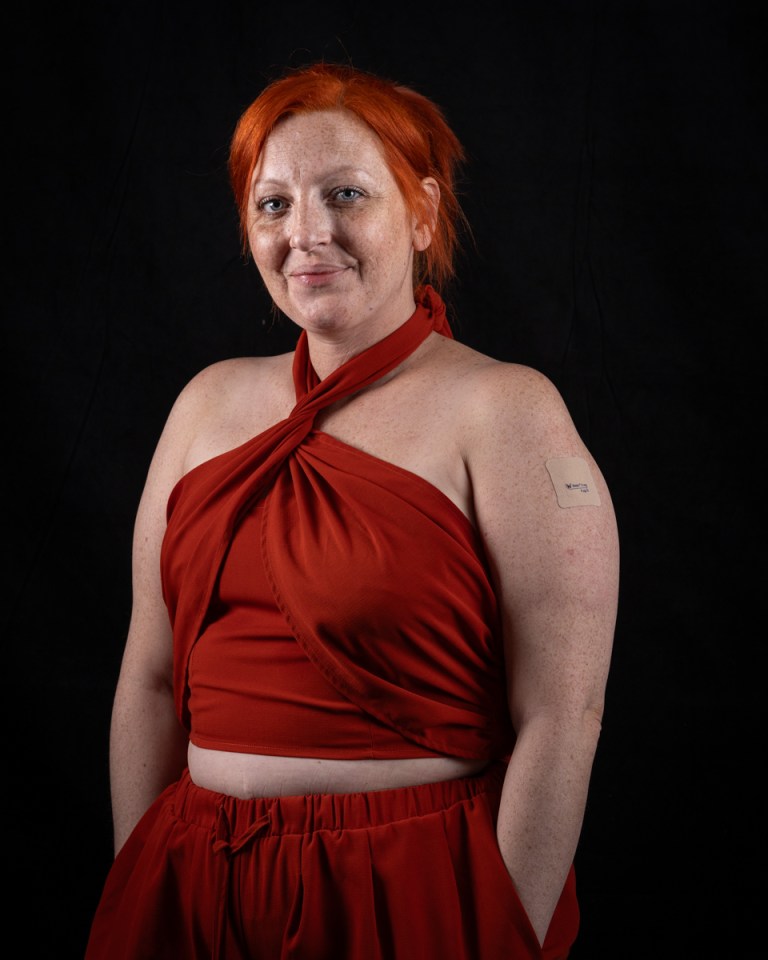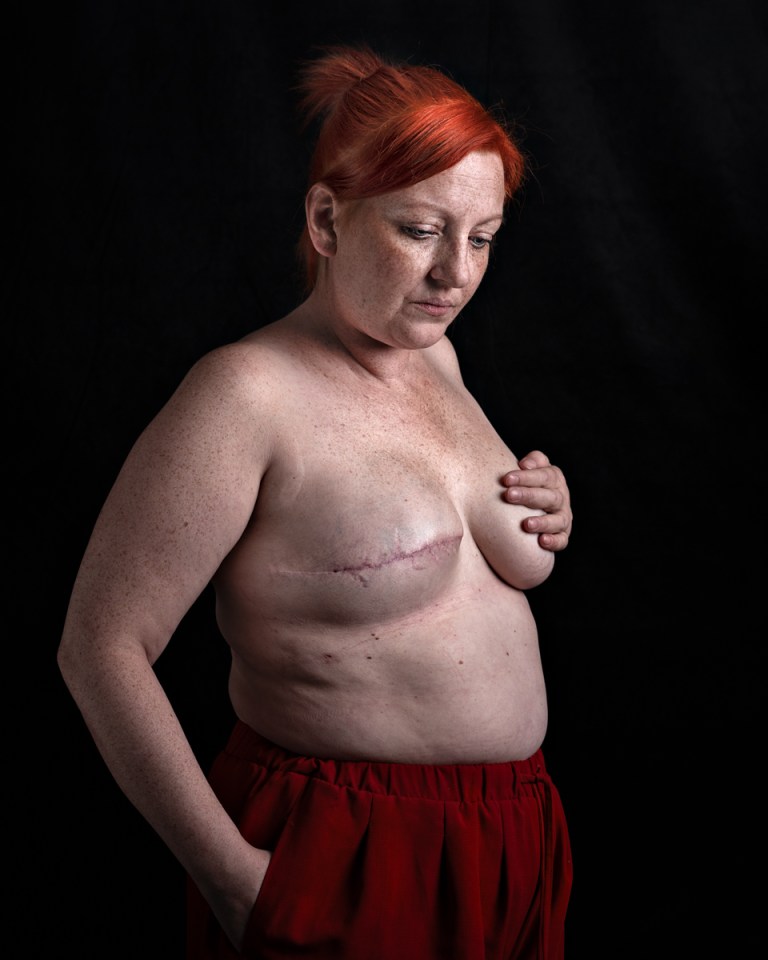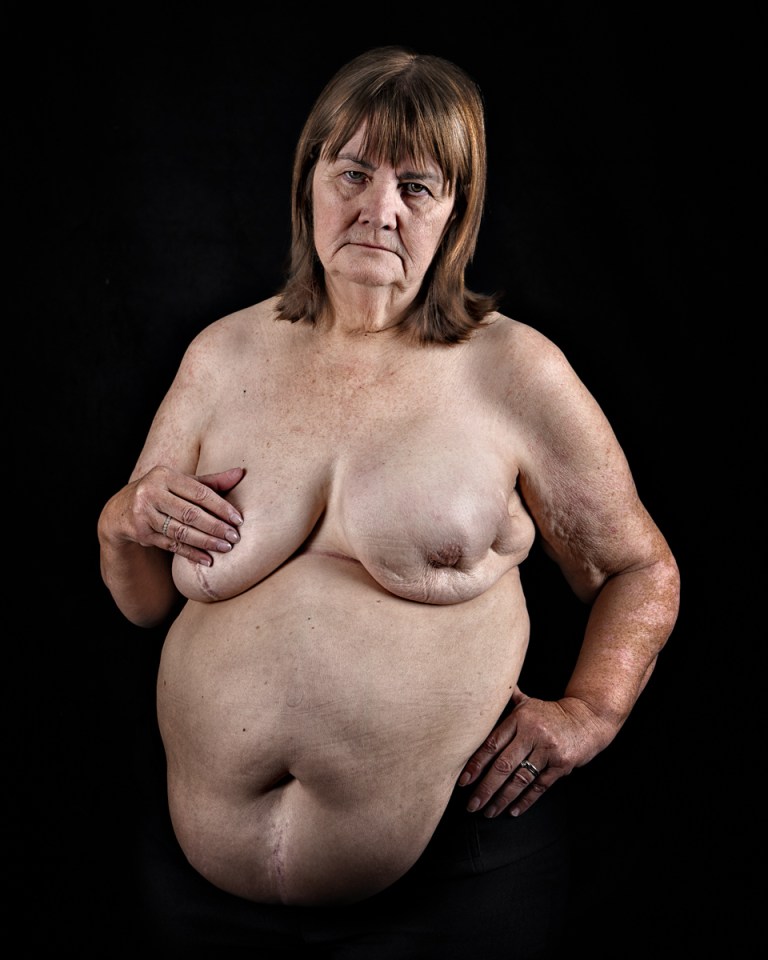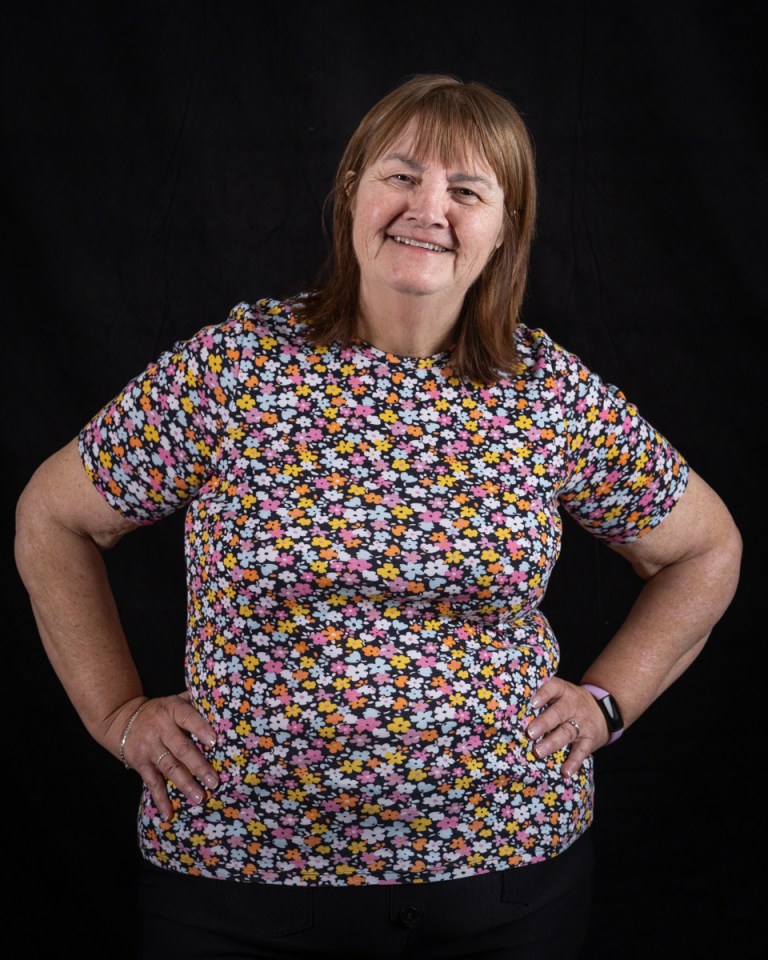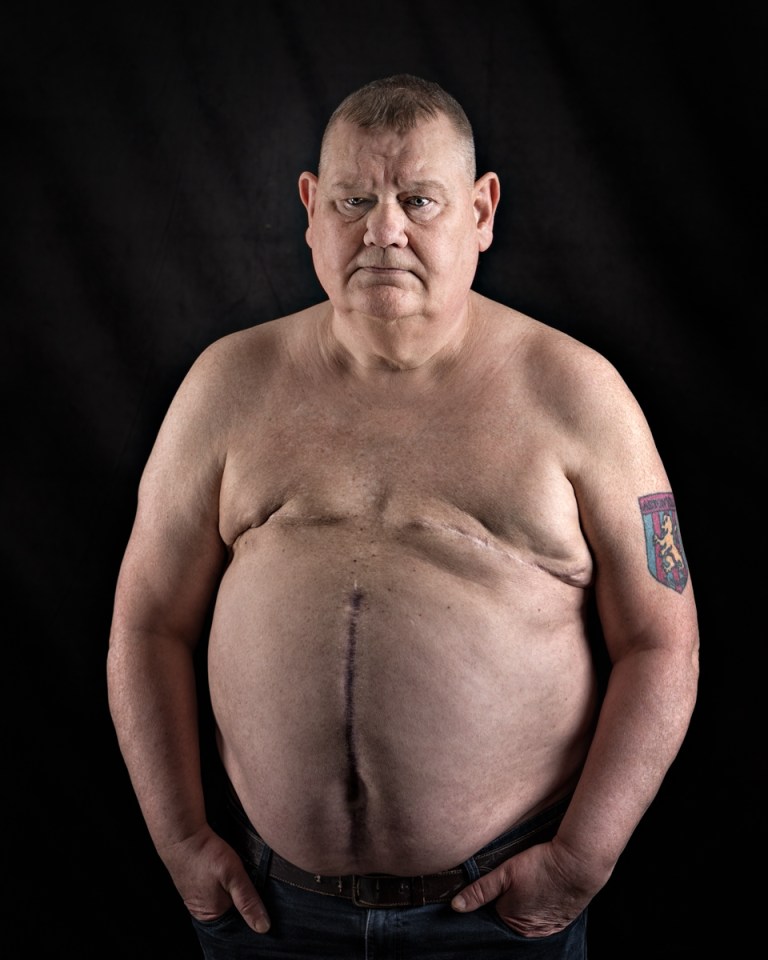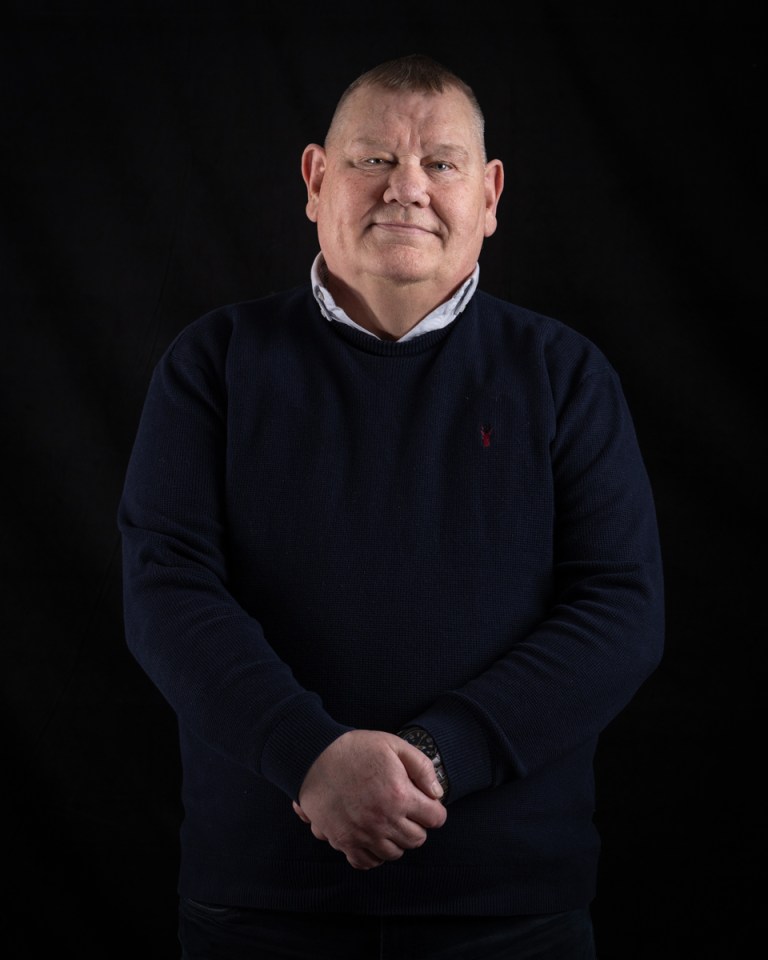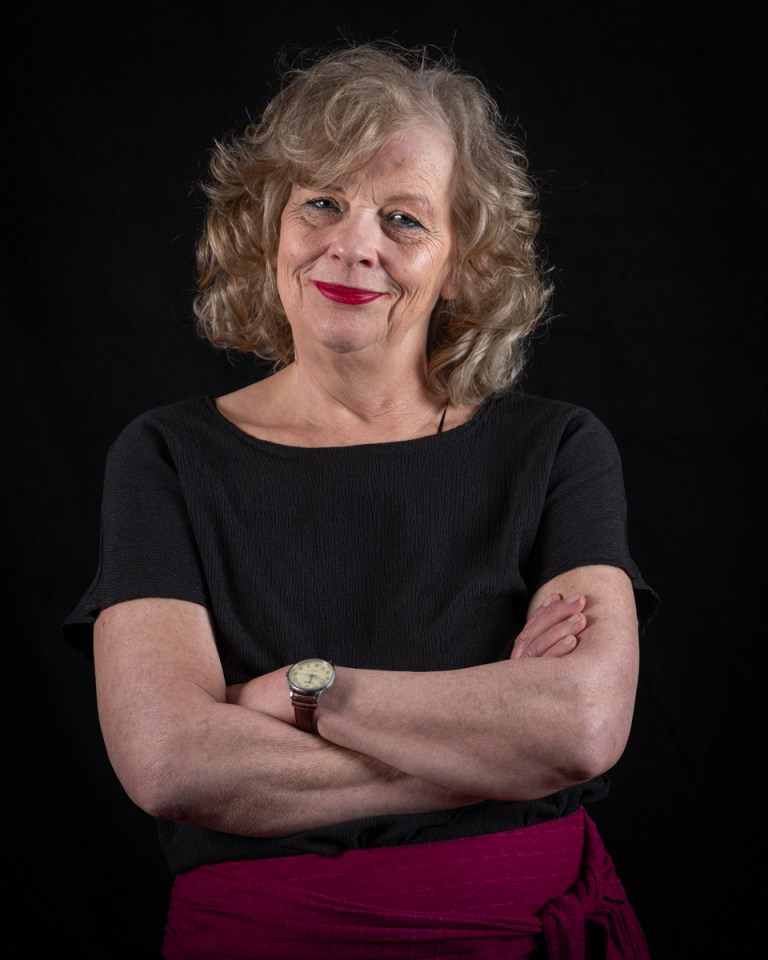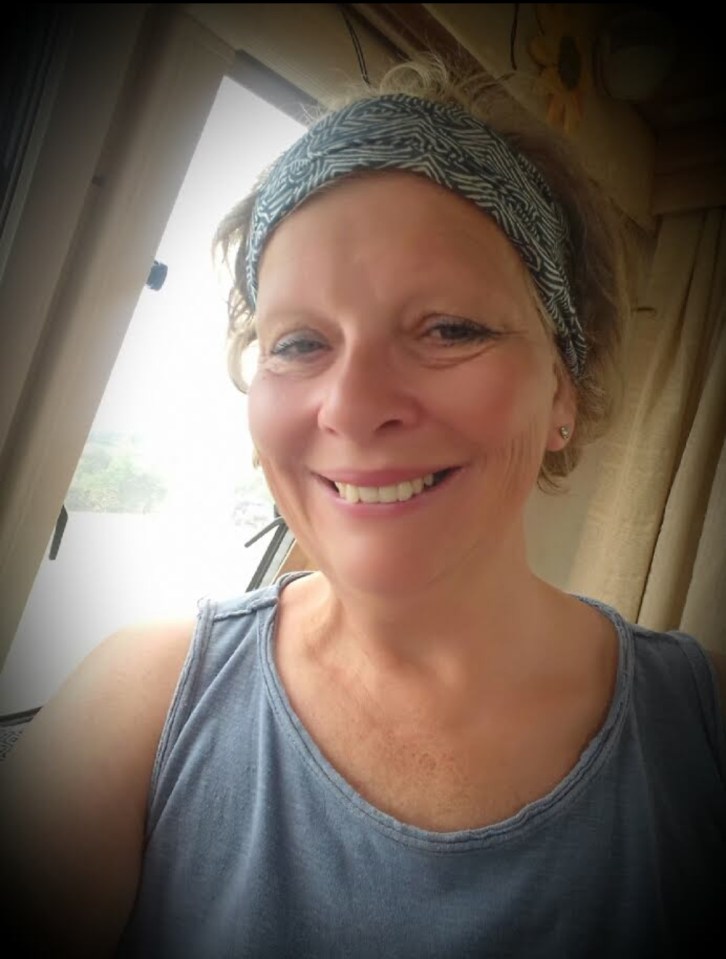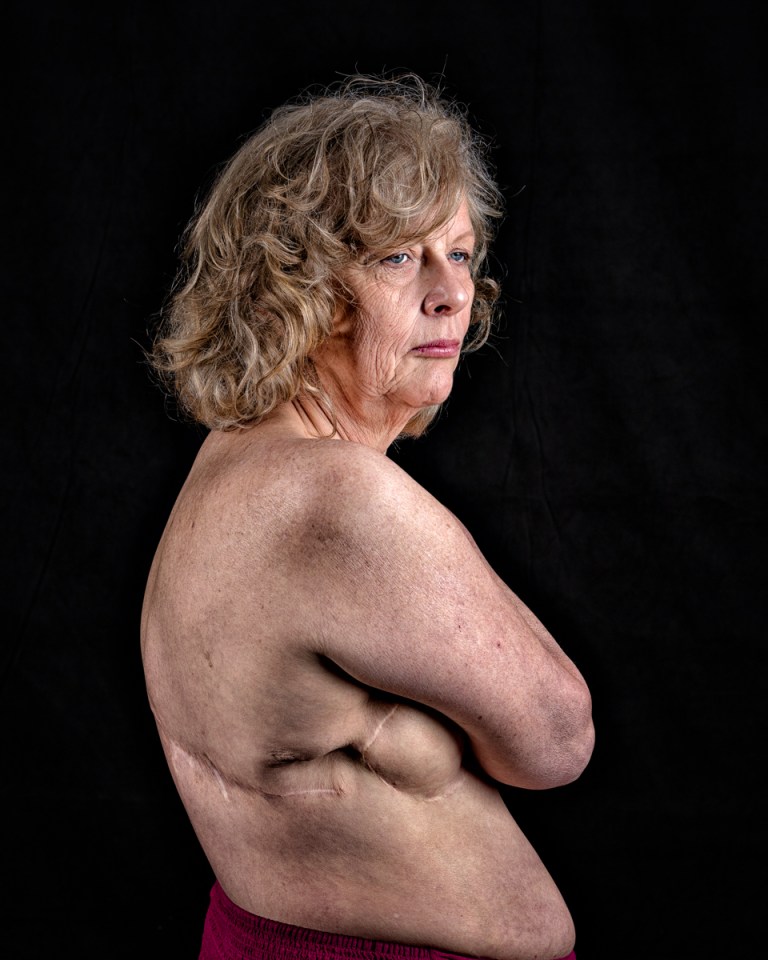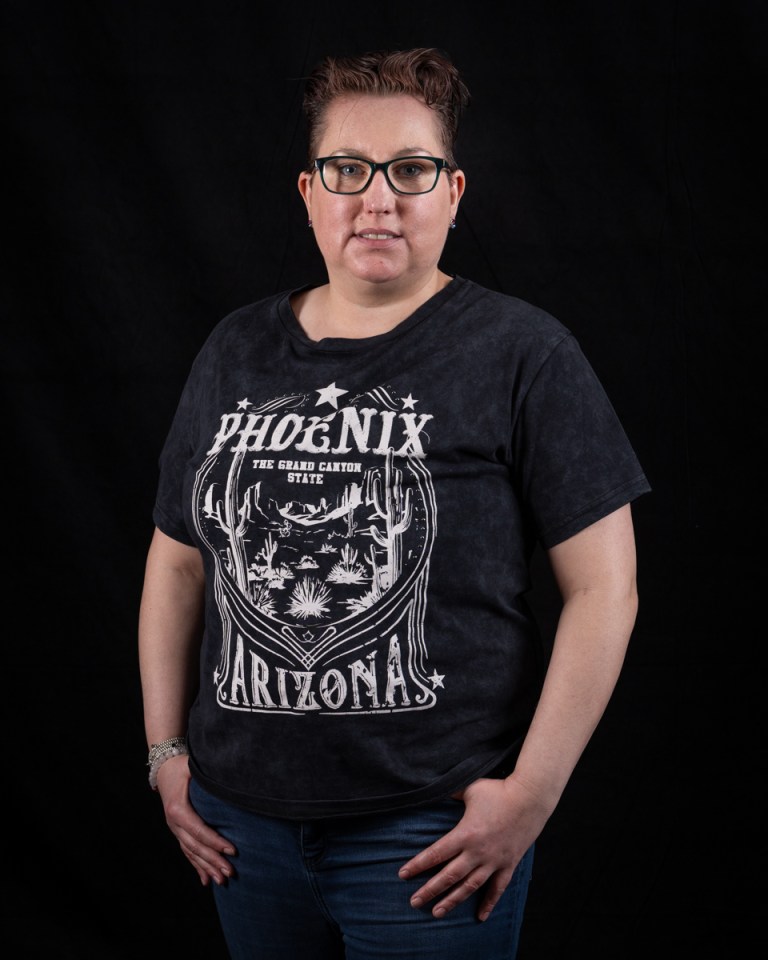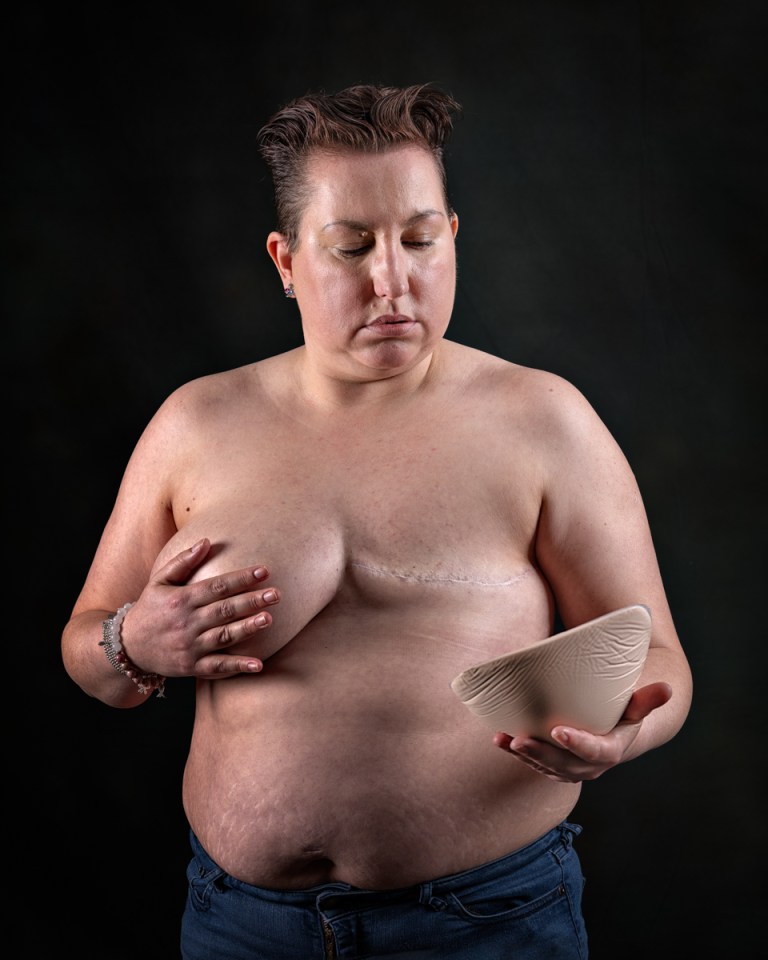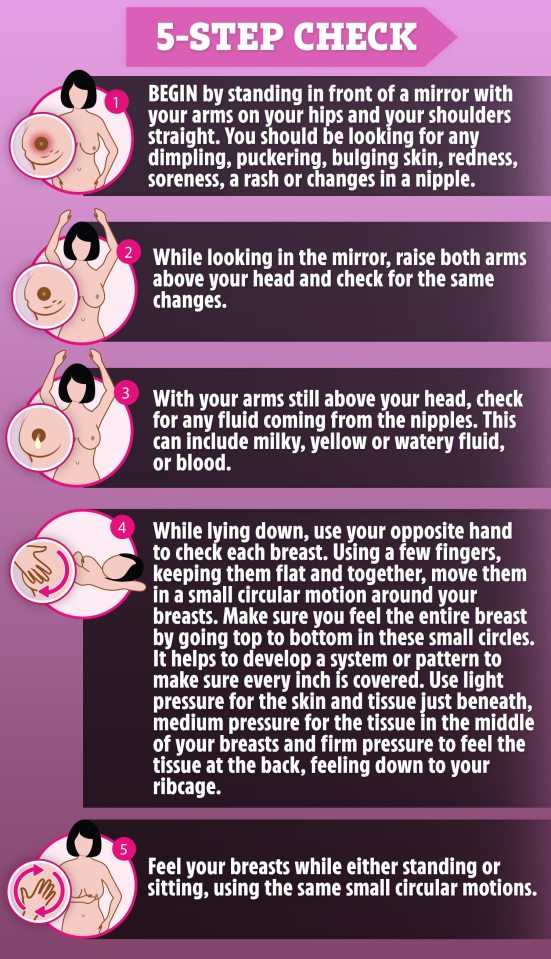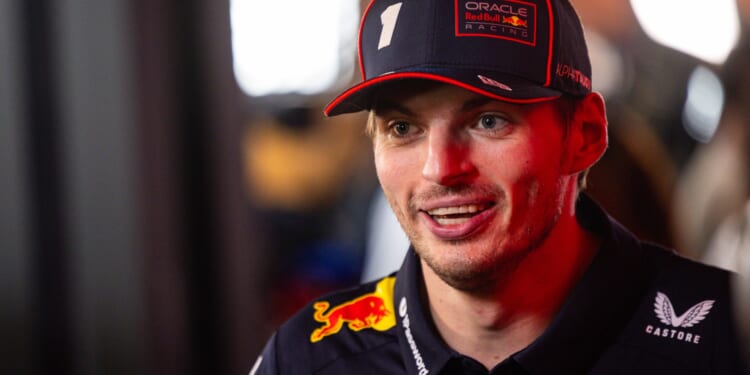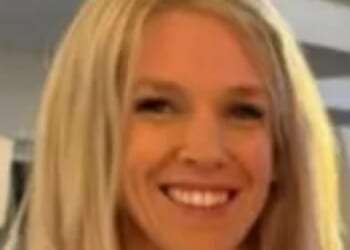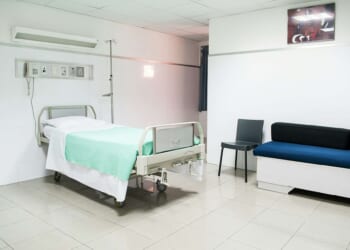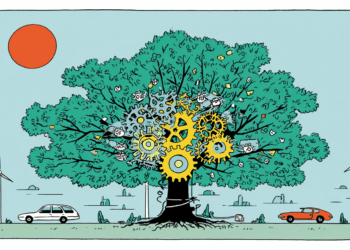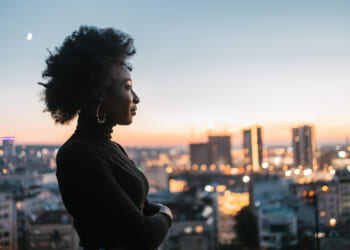ALMOST half of Brits are unaware of a cancer type that is the leading cause of death in women under 60 years old.
Though it kills 1,000 people a month, it is often missed – and as six patients tell Sun Health, mistaken for arthritis, pregnancy issues or chest infections.
Though many people know about breast cancer, we may not be as clued about secondary breast cancer.
Sam Dixon, CEO of the charity Make 2nds Count, says: “This disease is real, relentless – and invisible to so many.
“Secondary breast cancer affects an estimated 61,000 people in the UK, but remains under-recognised and under-discussed.
“It’s an incurable form of cancer that spreads beyond the breast to other parts of the body, often bringing immense emotional, physical and mental toll to patients and their families.
READ MORE ON BREAST CANCER
“An estimated 1,000 women in the UK die from the disease every month.”
Men can also get breast cancer, including secondary.
Most of us probably think we know the key symptoms of breast cancer – lumps, swelling and discharge – and that it is more common with age.
But shocking new figures reveal just how in the dark we really are, especially about secondary breast cancer, which took the lives of famous faces Sarah Harding, Linda Nolan and Nicky Newman.
New research by the charity shows 40 per cent of adults in Britain have never heard of secondary breast cancer, despite it being the leading cause of death for UK women under 60.
Plus, 36 per cent can’t name any of the signs or symptoms.
These include:
- Tiredness
- Ongoing headaches
- A persistent dry cough
- Difficulty sleeping
- Unexplained weight loss
- Nausea
- Pain in the bones
- Depression
- Swelling or fullness in the stomach area
- Blurred vision
- Lumps, such as under the arm, in the breast or collarbone area
Primary breast cancer is when the cancerous tissue is only in the breast. But secondary breast cancer is when these cancerous cells travel from the original tumour to other parts of the body, creating multiple new tumours.
There are several reasons why people don’t know about secondary cancer, including that awareness campaigns focus on early detection of cancer to save as many lives as possible.
And it’s often given other names, such as advanced, metastatic or stage 4 breast cancer, further confusing people.
To mark Breast Cancer Awareness Month and Secondary Breast Cancer Day (October 13), as part of the Truth Be Told campaign, six patients share their experiences with the condition – and powerful photos to show its impact on their lives…
Doctors told me I was too young for breast cancer
Donna Sartain, 46, from Bedfordshire, was diagnosed with de novo secondary breast cancer – one that had already spread to other parts of the body at the time it was first diagnosed – in May 2020.
“I’d spent several years in pain and being dismissed by doctors as ‘too young for breast cancer’ before finally being diagnosed, by which point my tumour had reached nearly 2.4in (6cm) and had spread to my bones and liver,” she says.
“I come from a family with a history of breast cancer and as a nurse, I understood the concept of cancer spreading – but experiencing it yourself is something else entirely.
“That’s why this campaign is so important – people need to have a better understanding of the disease.
“People think it’s curable. They don’t understand why we’re still on treatment – they expect an end date.
“They say, ‘When do you finish?’ or ‘Are you better now?’ But there is no end – I’m on lifelong treatment. People need to see the truth.
“People always tell me, ‘You look well’. But they don’t see the internal scars – the trauma, the fatigue, the mental load.
“I wanted to be part of something that shows what life actually looks like when we’re not wearing the mask.
“I’ve never had a great body image. But since cancer, I’m proud of my body. She’s keeping me alive. And I love her. She’s amazing.”
My symptoms were brushed aside as ‘normal’ in pregnany
Kelsey Creasey was six months pregnant with her daughter in 2021 when she found a lump in her right breast.
“I mentioned it to my midwife and she said it was ‘probably just my milk coming in’,” the 35-year-old, from Doncaster, says.
For 12 months, Kelsey kept being told it was normal. But everything changed during an ultrasound appointment in March 2022.
“As soon as the scan went on, the doctor and nurse dropped, and I knew. I didn’t need to be told, I just knew I had cancer,” she says.
“They said it was only 0.1in (3mm) and planned a single mastectomy. But when they opened me up, it was actually 1.4in (35mm).
“They then did a PET scan, and that’s when they found it had spread to my lungs.
“My life just imploded – just days before my 33rd birthday.”
Kelsey, a former chef, started chemotherapy and radiotherapy, which she continues today.
It came as a shock. I’d never heard of secondary breast cancer; no one had ever given me any information about it
Anne Blacklock
“The side effects are intense,” she says. “I’ve got peripheral neuropathy and chemo-induced nerve damage.
“Some days, I can’t even unlock my phone because my fingerprints don’t register anymore. I drop things constantly.
“It’s taken away my job – I was a cook, and now I’m not even allowed in the kitchen sometimes.
“My mum says it’s too dangerous. It’s taken everything from me.”
This includes her friends, who ditched Kelsey when things got tough.
“I’ve gone from having 30 to about three,” the mum-of-two to daughters Ella, 17, and Deliah, four, says. “That’s hard.
“You start to wonder – what did I do wrong? Who wants to hang out with the girl with one boob and constipation?
“It’s changed our whole family too. We’re not the same.
“We’re still close – still happy – but it’s muted. We’ve all pulled inwards a bit to protect ourselves.”
I was misdiagnosed with osteoporosis
Anne Blacklock, 67, was diagnosed with primary breast cancer in 2013 and, after treatment, lived disease-free for seven years.
But in 2020, she went to her GP with back pain. After initially being dismissed as having osteoporosis (a condition that makes bones weaker), Anne suffered a large uterine bleed.
Further testing uncovered her original cancer had spread.
“It came as a shock,” says Anne, a former director of a supported living company, from Nantwich, Cheshire.
“I’d never heard of secondary breast cancer; no one had ever given me any information about it.
“It started with really bad back pain. Coincidentally, my boss had it too, and we blamed it on the new office chairs. His pain went away – mine didn’t.
“I went to the GP and was sent for an X-ray. The doctor didn’t even look at my old cancer history. The X-ray came back and she said it was just osteoporosis.
“A couple of weeks later, I had a massive bleed when I stood up. They thought it was a fibroid in my uterus.
“I was sent to hospital the same day and everything moved very fast – scans, biopsies – and then they told me it was secondary breast cancer.
“Even then, I thought I’d have an operation and be okay. I had no idea what ‘secondary’ really meant.”
Anne is now on chemotherapy after her previous treatment stopped working.
“I take 27 tablets a day,” she says. “Some days it’s really hard – they have to be spaced out every few or 10 hours, and it’s exhausting.
“People don’t get it. They think you’re just ‘taking tablets’, but they cause serious fatigue.
“I was originally on targeted therapy tablets, but they’ve stopped working.
“My spine lit up like a Christmas tree, so I’ve now moved onto chemotherapy, which hits harder on fatigue.”
Anne’s main goal is to correct public misconceptions about secondary breast cancer.
“There just isn’t enough information out there,” she adds.
“I didn’t know that back pain could be a sign of secondary cancer – if I had, I would’ve pushed harder sooner.”
Men can get breast cancer too
Dad-of-two David McCallion, 61, from Manchester, was first diagnosed with invasive stage 3 ductal carcinoma (a form of breast cancer) in 2019.
“I had a mastectomy, axillary clearance, chemotherapy, radiotherapy, and hormone treatment – all during Covid, which made things quite different,” he says.
In 2023, he then started feeling out of breath a lot.
What are the signs of breast cancer?
BREAST cancer is the most common type of cancer in the UK.
The majority of women who get it are over 50, but younger women and, in rare cases, men can also get breast cancer.
If it’s treated early enough, breast cancer can be prevented from spreading to other parts of the body.
Breast cancer can have a number of symptoms, but the first noticeable symptom is usually a lump or area of thickened breast tissue.
Most breast lumps aren’t cancerous, but it’s always best to have them checked by your doctor. You should also speak to your GP if you notice any of the following:
- a change in the size or shape of one or both breasts
- discharge from either of your nipples (which may be streaked with blood)
- a lump or swelling in either of your armpits
- dimpling on the skin of your breasts
- a rash on or around your nipple
- a change in the appearance of your nipple, such as becoming sunken into your breast
Source: NHS
“I live on a hill and walk everywhere, and I noticed it was getting harder and harder to climb,” David, who worked in social care for 27 years, says.
“Eventually, I could barely make it up the stairs.
“I went to my GP, who sent me for an X-ray, then a CT scan, a PET scan and finally a biopsy. That’s when I was told the cancer had spread to my lungs.
“It all happened so fast – a total whirlwind.”
He adds: “The leap from primary cancer to secondary is hug. It’s like starting all over again.
“And as a man, I face a lot of isolation, stigma and misunderstanding around my disease.
“Being involved in this campaign has been one of the most important things I’ve done.
“As a man, it’s hard to open up. But showing myself like that, in a photograph…it matters.
“Because one day, when I’m gone, that photo will still be there and will hopefully remind someone that, as these statistics highlight, men can get secondary breast cancer and everyone should know the signs and symptoms so that they can seek help and support as early as possible.”
I had no symptoms
Jackie, 57, was diagnosed with primary breast cancer in 2016.
Despite a recurrence in 2018, she was pretty much given the all-clear. But during a “just-to-make-sure” scan in 2021, Jackie discovered she had secondary breast cancer.
“I didn’t have any symptoms,” she says. “My oncologist only suggested it just to make sure before signing me off.
“It was supposed to be my last appointment, but the cancer had spread to my chest wall and lymph nodes on my right side.
“I was shocked. It was completely out of the blue. There were no lumps, there was no pain – nothing. It was devastating.
“My husband and I felt numb. It didn’t feel real. We had a cup of tea and just sat there trying to process it. It took a good 48 hours before we could really talk about what was happening.”
Jackie, from Gloucestershire, had already had a lumpectomy and mastectomy, so she assumed surgery would be the answer again.
But doctors told her that metastatic cancer is a different beast.
“It doesn’t work like that,” Jackie says. “I ended up having a partial operation after treatment where they took skin from my back and chest.
“This was classed as ‘no evidence of disease’ for a while, but I knew the cancer was still there.
“They told me it would likely return, and it did. At least the second time around, it wasn’t such a shock.”
After a rocky few months, Jackie has realised that life is worth living.
“I tell myself that I have a choice – not about the cancer, but about how I deal with it,” she says.
“I still panic before scans and still fear new pains, but I work hard to bring myself back when my mind runs off. I may have stage four cancer, but I’m also living a lovely life.”
I was completely oblivious until it was too late
“I had no idea what secondary breast cancer was until I discovered I had it,” Danielle, from North Wales, says.
She was diagnosed in 2023 after discovering a lump and experiencing nipple inversion.
Initially told she had mastitis – painful inflammation common in breastfeeding – the 38-year-old later discovered she had HER2-positive breast cancer which had already spread to her liver.
Danielle says: “I was given antibiotics for mastitis at first, but a week later I was told I needed chemotherapy, radiotherapy and surgery but would be back to normal within 18 months.
“A CT scan then revealed I had secondary breast cancer and I’d be on treatment for the rest of my life.
“It was a whirlwind. I didn’t have a primary diagnosis so I was totally unaware. I was completely oblivious.”
This disease is real, relentless – and invisible to so many
Sam Dixon
Danielle now has treatment every three weeks. She might look healthy, but she feels anything but.
“The main misunderstanding I face is people thinking I’m ‘better’,” she says.
“They see me looking well and assume the treatment’s over. I hear it daily – in the shops, on the school run, wherever. They ask if I’m back to work, if it’s all gone.
“I don’t fit the stereotype of someone with cancer, but that doesn’t mean I’m OK.
“The pain, the fatigue, the reality of it – it’s still there.”
However, Danielle adds: “We don’t get a choice in what happens in our bodies. I sometimes get angry and think, ‘Why me?’
“But I try to focus on what I can control: how I respond. I choose to live my life positively. I have a seven-year-old, and life keeps moving.
“Yesterday, I had a brain scan at 8.30am. An hour later, I was doing the food shop. At 3pm, I picked the kids up. At 5pm, I fed my husband. Life goes on.
“It’s not a death sentence. We’re allowed to have hard days, but we can also choose to live.
“That’s what keeps me going. My mantra is: one step at a time, one day at a time.
“If you’d asked me 18 months ago, I’d never have thought I’d say this – but cancer has made my life better.
“My outlook’s changed. I travel more, worry less, and focus on what matters.
“Tomorrow isn’t promised. So go and do what you want to do. Keep smiling. Scream into a pillow if you need to – then put your crown back on and carry on.”
How to check your breasts
It is important to regularly check your breasts for any changes. Breast tissue reaches all the way up to your collarbone and across to your armpit, so it’s vital to check these areas too.
If you feel or see any changes in your breast you should always consult your GP.
Charity CoppaFeel! recommends checking your breasts monthly, so you can pick up on any changes quickly.
Breasts do change naturally as part of your monthly menstrual cycle, so you should get to know your breasts, how they feel and what changes they usually go through to know if anything is out of the ordinary.
Five-step check
There is a five-step self exam you can do at home to check for any changes.
Step one: Begin by looking in a mirror, facing it with your arms on your hips and your shoulders straight. You should be looking for any dimpling, puckering, bulging skin, redness, soreness, a rash or changes in the nipple.
Step two: Still looking in the mirror, raise both arms above your head and check for the same changes.
Step three: With your arms still above your head, check for any fluid coming from the nipples. This can include milky, yellow or watery fluid, or blood.
Step four: While lying down use your opposite hand to check each breast. Using a few fingers, keeping them flat and together, go in a small circular motion around your breasts. Make sure you feel the entire breast by going top to bottom in these small circles. It helps to develop a system or pattern to make sure every inch is covered. Use light pressure for the skin and tissue just beneath, medium pressure for the tissue in the middle of your breasts, and firm pressure to feel the tissue at the back, feeling down to your ribcage.
Step five: Feel your breasts while either standing or sitting, using the same small circular motions.
The charity’s research also revealed that more than a quarter of adults wrongly believe that secondary breast cancer, also known as stage 4 or advanced breast cancer, can be cured.
And only one in 10 can accurately say how many people the disease kills every month in the UK – about 1,000.
Over a third of respondents had no idea that men could get secondary breast cancer, and almost half of blokes didn’t know they were at risk.
Sam says: “Truth Be Told is more than an awareness initiative – it’s a movement of empowerment which aims to give hope.
“This disease is real, relentless – and invisible to so many.
“Our goal is to ensure that the voices of those living with secondary breast cancer are heard, respected, and supported.
“This research shows that a high percentage of adults in the UK have never even heard of secondary breast cancer even though approximately 1,000 people die every month from the disease.
“We’re here to change that and give a voice to the unseen struggles of this community and show their strength through our campaign.”

